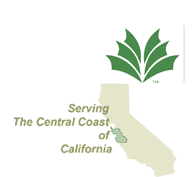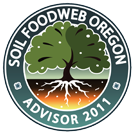2009 SOD Science Symposium
2009 SOD Science Symposium
- No significant studies that affect current treatment recommendations for individual trees.
Expert opinions about SOD do change and new information is always being presented. Available data becomes outdated quickly, as new studies identify the most effective treatment options. Tree Solutions is committed to staying abreast of the current science and technology.
Worldwide, scores of scientists are working to better understand sudden oak death disease. In order to have the best understanding of this disease, information from all sources must be explored and considered.
In June 2009, much of the worldwide scientific community that is focused on this disease converged to Scotts Valley California to share ongoing research discoveries and to discuss case studies and disease projections. Below is a summary of several of the speakers who attended the symposium.
Doug Schmidt
UC Berkeley, Berkeley, CA
Agrifos application efficacy:
Efficacy of topical applications of Agrifos/Pentrabark over time:
- Most effective for one year
- Stays in tree’s system for up to two years-gives pathogen control for one year
- Current three year drought conditions are keeping pathogen spore levels lower than in previous years
Ted Sweiki
Phytosphere Research
SOD management options:
- Tan oak trees die if infected-do not respond to treatments
- Remove understory bay laurel trees
- Cut bay laurel tree canopy branches etc. to approximately 16ft. away from oaks
- Bark thickness, not tree age biggest disease factor
- 20-40% of infected trees go into remission

